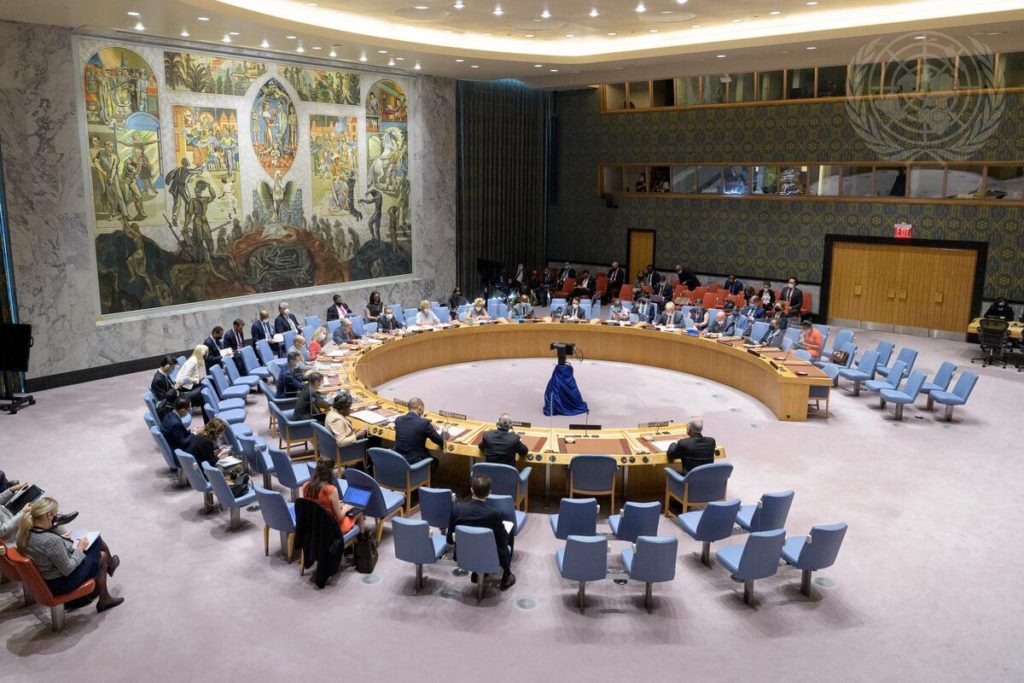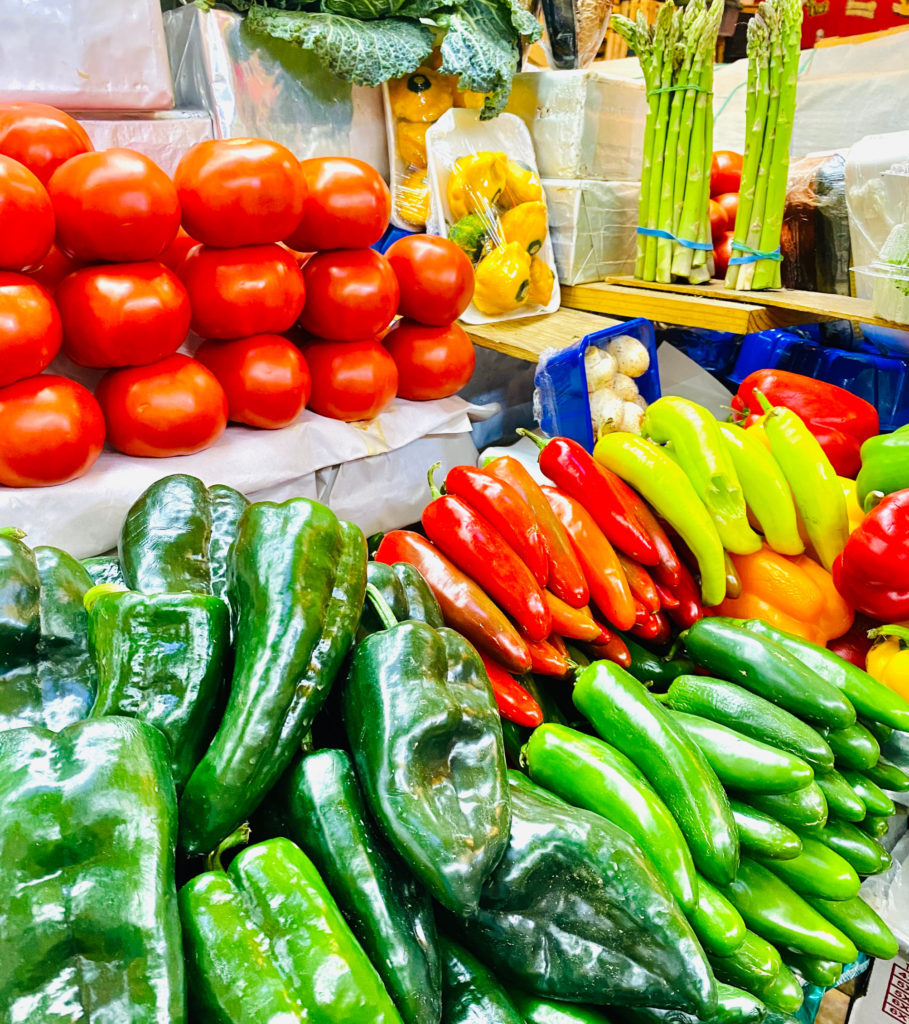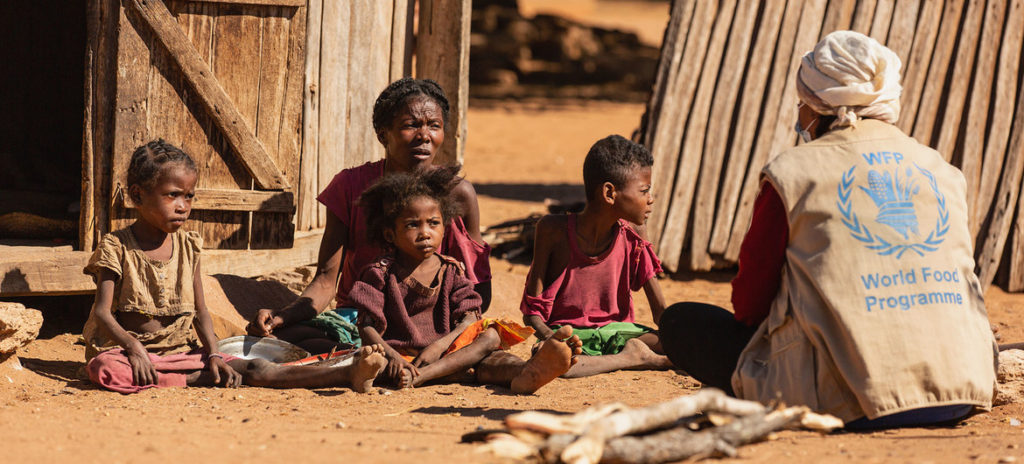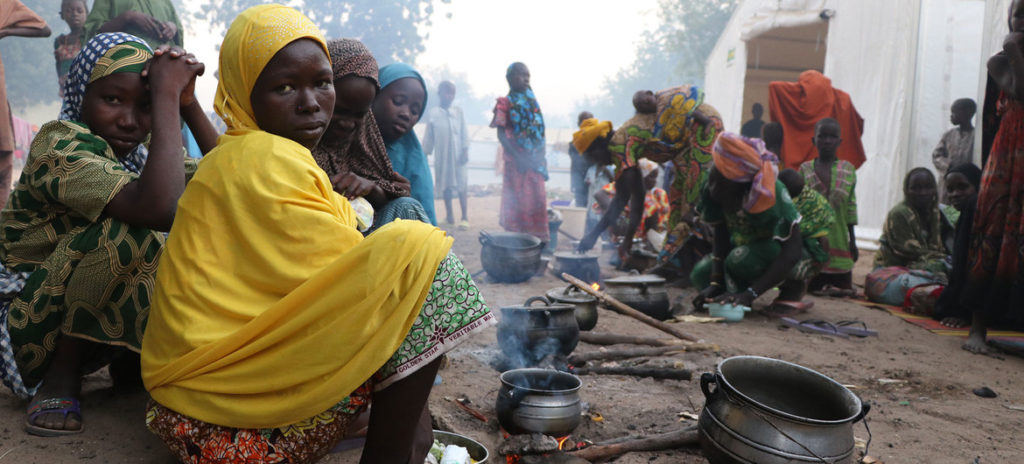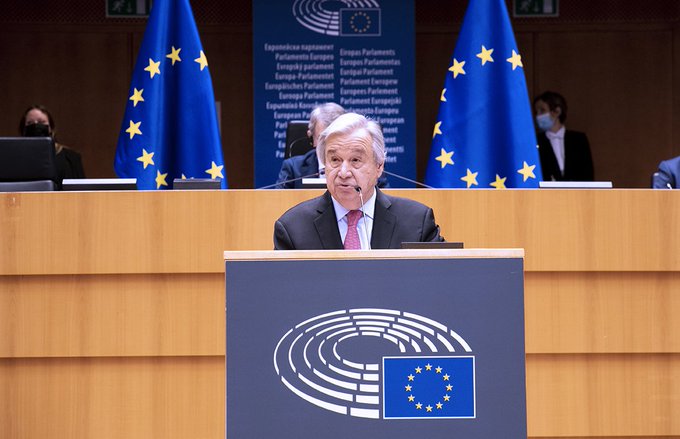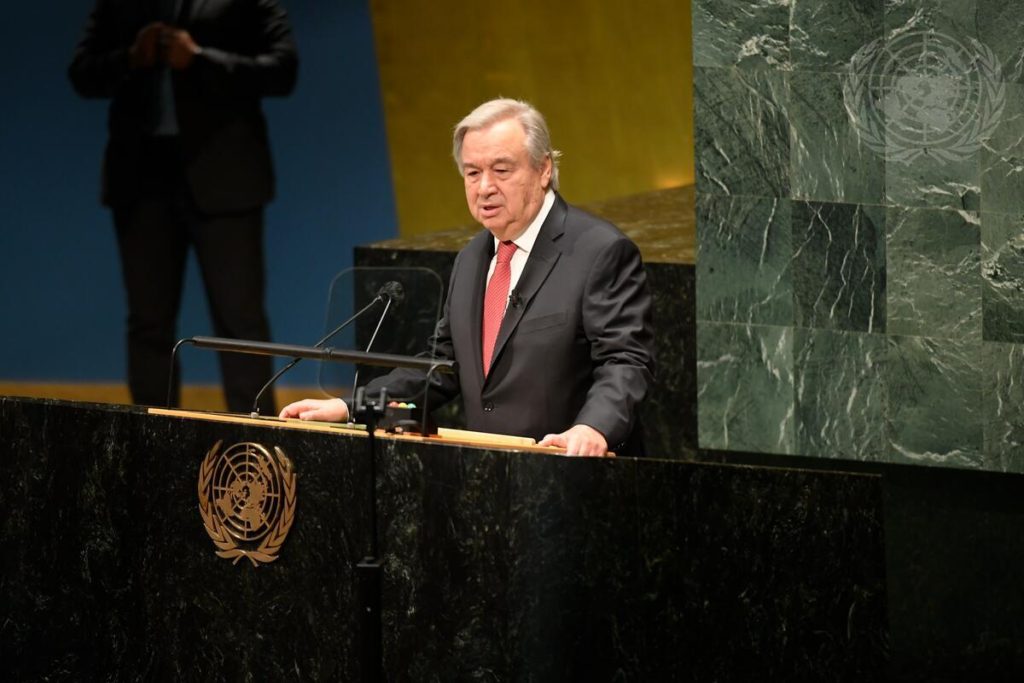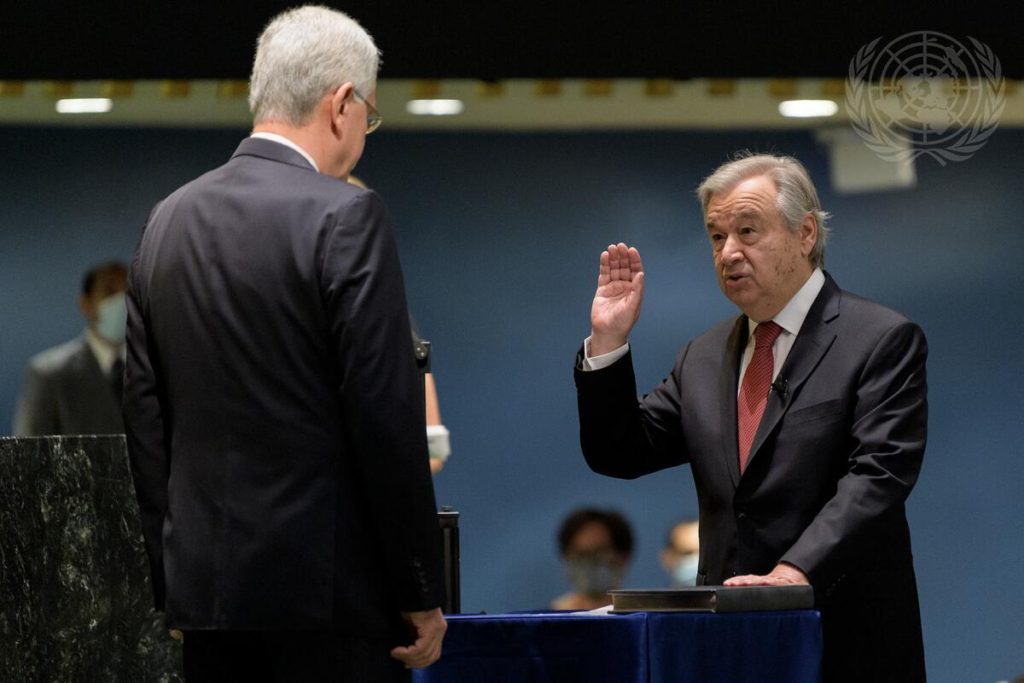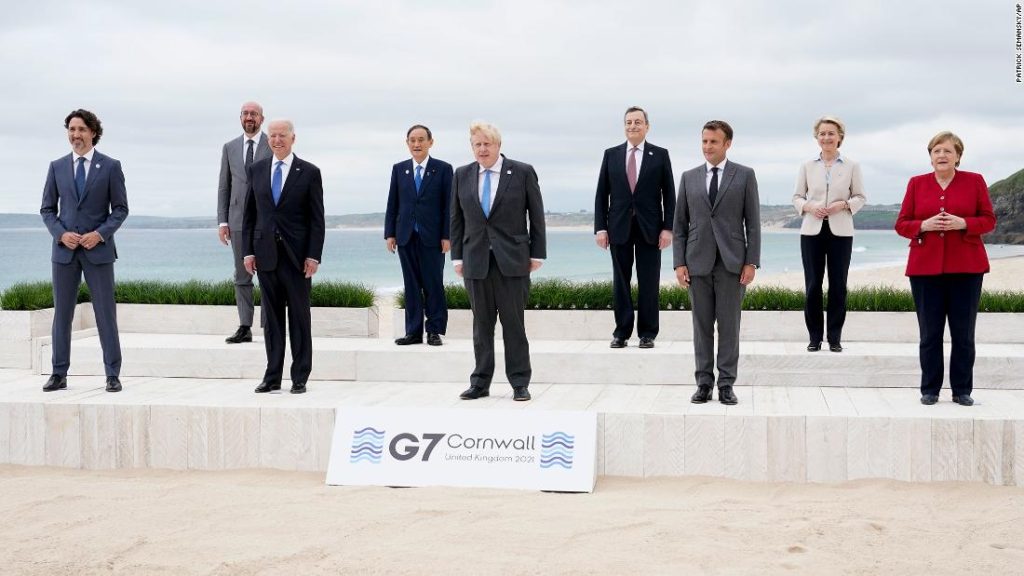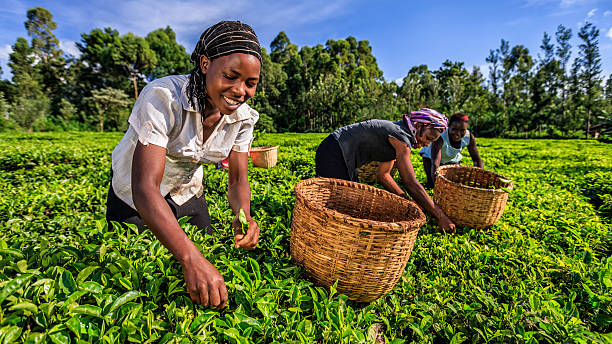UPDATE: Rise of Covid-19 cases keep annual United Nations meetings virtual and diplomats away
New York, August 20 – The United Nations headquarters has informed international media as well as the 193 governments that will send representatives to attend the annual General Assembly session that pandemic’s restrictions will be strictly observed.
The UN will officially open its 76th General Assembly on September 14 but the political debate involving all 193 countries begins on September 21 and runs through to the end of the month.
The assembly will host a UN Food Systems Summit on September 23, a major event aimed at reshaping the global food systems that failed under the pandemic severely affecting more than 800 million people worldwide with severe hunger and malnutrition. The summit will be virtual while the assembly meeting might allow a minimum of in person attendance.
The United States, which hosts the UN headquarters in New York, has urged heads of state and government to refrain from traveling to the US and instead contribute virtually to UN meetings.
The US sent a diplomatic note to the UN on August 17 suggesting that meetings be mostly virtual to prevent a “super-spreader event.” The note said Covid-19 cases were increasing and any large gatherings of people in New York would “needlessly increase risk to our community, New Yorkers and the other travelers.”
It urged government leaders who plan to address the assembly session to send pre-recorded speeches. Such a practice was imposed during the assembly session in September 2020 for the first time in UN history.
The US Centers for Disease Control and Prevention (CDC) said the national seven-day average for new Covid-19 cases is currently over 130,000. Around 86 percent of counties in the US are rated as having a “high” rate of transmission by the CDC.
The UN has decided that the 193-nation General Assembly could be held in person with each country’s delegation to be headed by the president or prime minister, or their representative, accompanied by one to three delegates.
The General Assembly issued regulations in early August for high-level meetings and the general debate, reminding attendees that entry to the headquarters will continue to be restricted, including wearing of facial masks and keeping a physical distance.
“International travelers are required to have met local incoming travel requirements as they relate to Covid-19,” the regulations said.
The UN said Covid-19 restrictions apply to international media covering the assembly session and media access to headquarters will be limited to resident correspondents and a very limited number of official media of visiting delegations.
UN Biodiversity Conference in Kunming, China
The pandemic has also prompted changes in the UN Biodiversity Conference that had been scheduled to take place in Kunming, China in October. Organizers now said the conference will take place in two phases with the first one virtual October 11-15 and the second one, in person, April 25-May 8, 2022, at high-level participation to conclude negotiations and decide on a new Global Biodiversity Framework.
CBD Executive Secretary, Elizabeth Maruma Mrema, said the two-phase summit is essential given ongoing uncertainties created by Covid-19 and the necessity for face-to-face meetings to conclude the complex global framework negotiations.
“Addressing the challenge of halting ongoing losses of species and genetic diversity and the damage to our ecosystems will determine the well-being of humanity for generations to come,” she said. “Protecting nature’s invaluable contributions to people requires that we harmonize our policies and actions at every level. The global biodiversity framework, based on the best available science and evidence, is fundamental to meeting these needs.”
“Convening virtually throughout the pandemic has limited the times for essential global meetings of CBD Parties, Bureau and subsidiary bodies to narrow windows. The Secretariat extends deep gratitude to all participants worldwide for their extraordinary consideration, dedication and cooperation to advance negotiations as far as they have in these extraordinary circumstances.”
“Convening COP-15 in two parts will enable maximum progress on the several remaining difficult issues prior to our conclusive face-to-face sessions in Kunming.”
United Nations correspondent journalists – United Nations correspondent journalists – United Nations correspondent journalists
United Nations journalism articles – United Nations journalism articles – United Nations journalism articles


